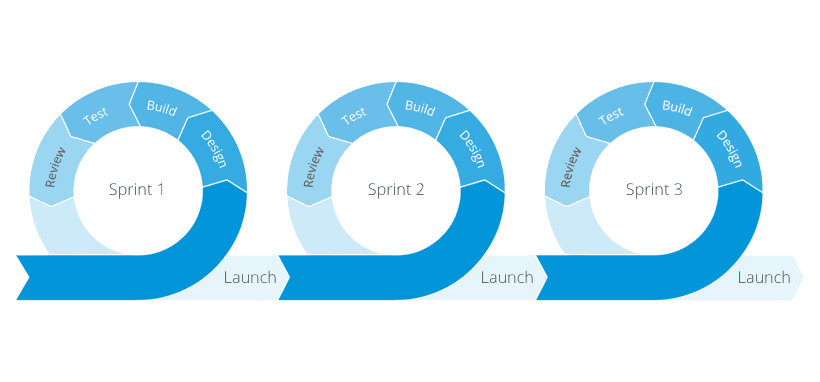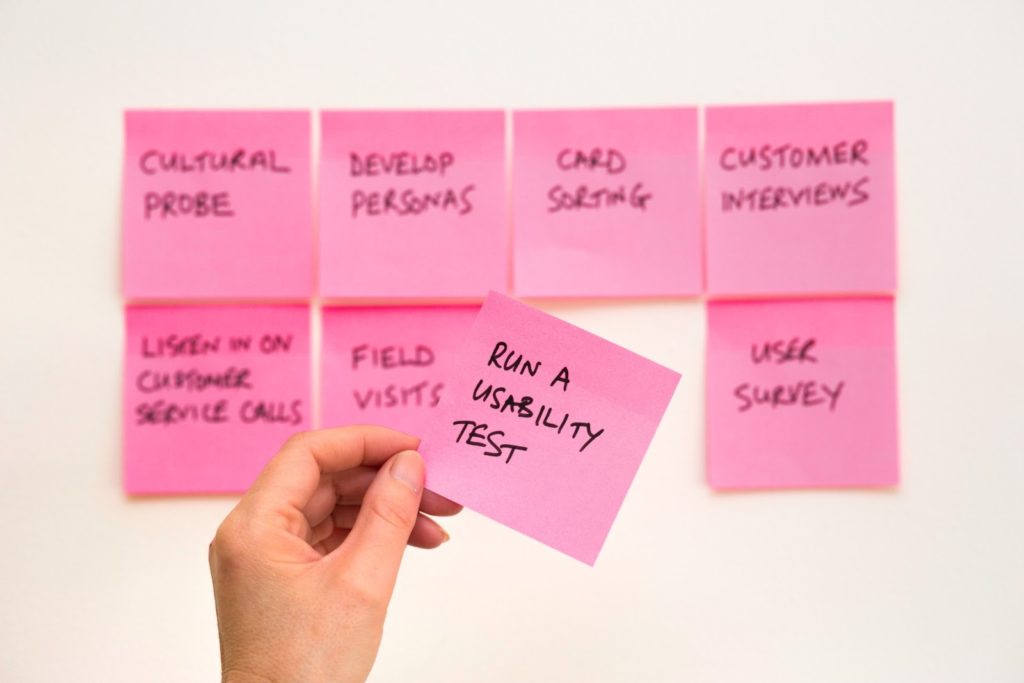Everyone working in IT will have heard about Agile, Scrum and Kanban. Now almost every company wants to be agile, as there are so many agile methodologies and frameworks which can benefit a business. Having options to choose from is great, but how do you know which is the right solution for you? To make everything clear, we’d like to clarify what Agile, Scrum and Kanban actually mean and help explain all the basics of these Agile frameworks.
Everyone working in IT will have heard about Agile, Scrum and Kanban. Now almost every company wants to be agile, as there are so many agile methodologies and frameworks which can benefit a business. Having options to choose from is great, but how do you know which is the right solution for you? To make everything clear, we’d like to clarify what Agile, Scrum and Kanban actually mean and help explain all the basics of these Agile frameworks.
So, what does Agile mean?
Agile is a methodology of flexible software development. It first appeared in the IT-sphere and due to its success, the approach was adopted in other areas of business. Today, various Agile frameworks and principles are implemented by corporations such as Microsoft, Salesforce, Trenches, Hewlett-Packard and Spotify, not only in IT departments, but also in the spheres of marketing and management. It is an iterative approach, and its core values are described in the Agile manifesto:
- The working process is separated into short cycles (iterations), completed step by step
- At the end of each iteration, the customer gets the final product or the part that has been finished
- It’s important to communicate with the customer throughout the working process
- Any changes in the project are welcome and should be integrated into the work.
Unlike other approaches such as Waterfall (where you can only do pre-planned tasks), the agile team is open to any changes, adapting to new factors and demands. This is especially important for stakeholders who wish to make amendments as a project progresses.

In two words, Agile is a specific philosophy, and how to follow it is up to you and your particular case – you are in control. There are two core frameworks, which are built on the main Agile principles: Scrum and Kanban.
Scrum basics
The word Scrum comes from the sport of rugby. It means a special structure that the players make, packing closely together at certain points during a game. It looks like this:

In the business sphere, its equivalent is seen as the daily meetups of teams to discuss what has already been done and what is planned to do next.
The core idea of Scrum as a framework is that all the work should be divided into sprints – a period from 1 to 3 weeks. As the sprint is done, the next step is its review – evaluation and analysis of the accomplished tasks to get an understanding of what (if anything) could be improved. In Scrum, the tasks are evaluated in Story points or hours. Without this approach, you can’t make a sprint, as you need to know how much time it takes to complete the task. Another metric in Scrum is Velocity, or the team productivity for each sprint. This makes Scrum ideal for large projects with strict deadlines, where all the work can be divided into well-defined steps, knowing how much time its needed for every task, and getting the precious statistical data that helps to predict where the team will be in 2 weeks.
Kanban basics
Kanban is another successful agile framework which came to the IT world from the production line of the Toyota company. Unlike Scrum, which promotes the completion of planned tasks, the Kanban team can start new tasks at any time.

Kanban helps visualize the working process and all the tasks can be divided into three main steps: To do, In progress and Done. Another important Kanban metric is Limit Work in Progress (WIP). It means that the number of tasks that are In progress can be restricted. In other words a small but stable amount of completed tasks is better than many being started that are never accomplished.
Regardless of the number of tasks, the team will only first work on those with the highest priority. There is no sprint evaluation in Kanban, as well as no team Velocity, so you can only know the average speed of completing a task due to the ‘Cycle Time report’. And if in Scrum the main goal of the team is to complete the sprint, in Kanban it’s to complete the task.

What the agile framework to choose? Polontech’s expert opinion
Every Agile framework has advantages in its own right, and we’re often asked which agile framework is better to choose?. Aleks Yenin, our leading expert suggests that there is no common solution for everyone: “there is no guarantee that one particular framework, with its different advantages, will be perfect for any two different teams. Scrum keeps all the working processes under control, planning every little detail, meanwhile, Kanban lets the team concentrate on the current tasks, making changes gradually. You need to go by your particular case, the team size, the scope of work, and the implementation sphere”.
Turn to Polontech’s experts, and our team will tell you all the advantages of every agile framework. We will help you choose and implement the right software, and guide your team in the first steps. Tell us about your project, and we will find the solution right to meet your needs.












